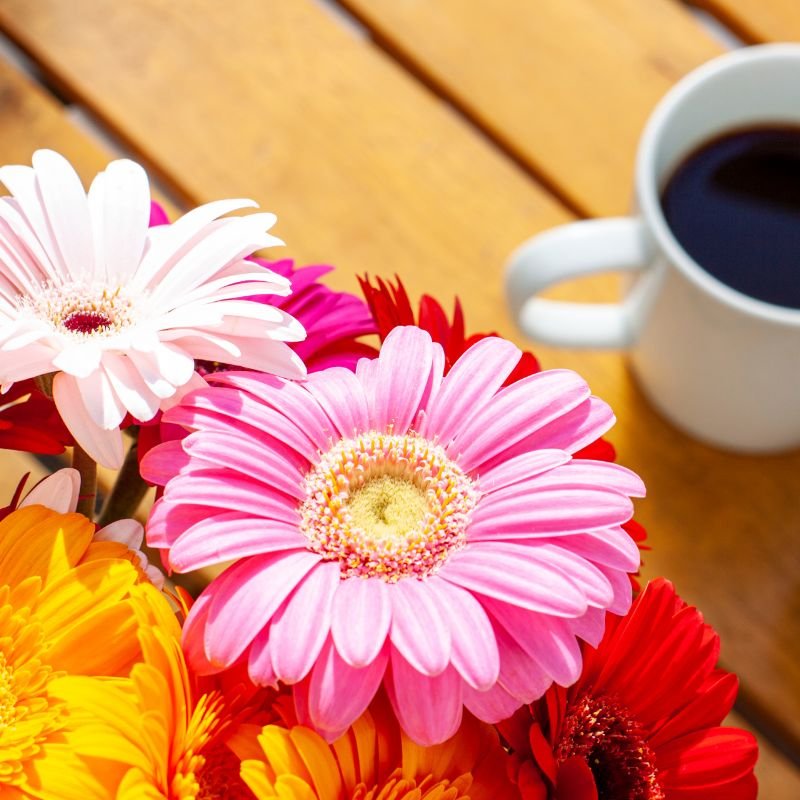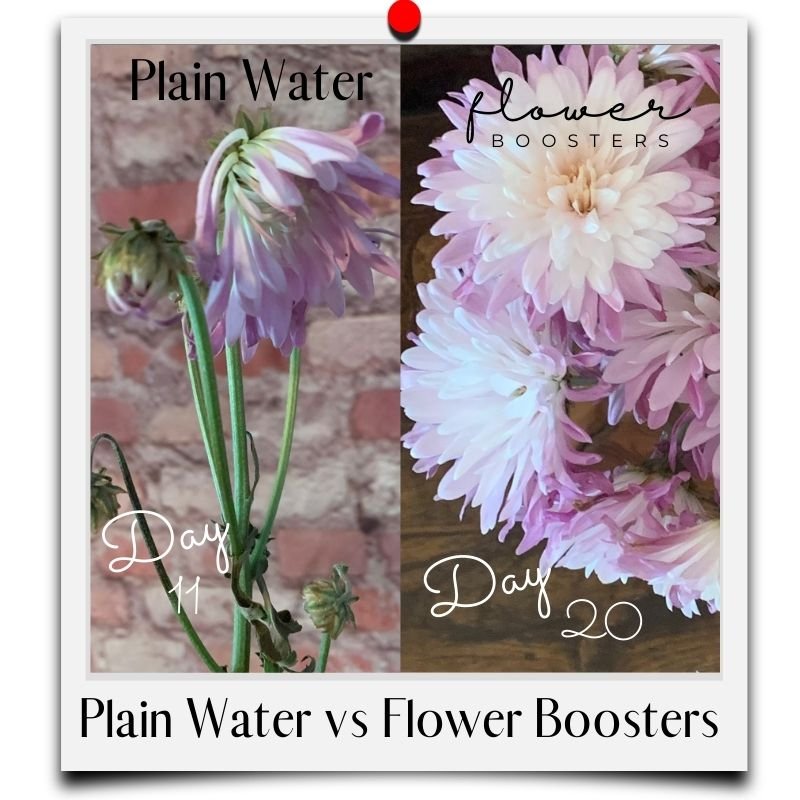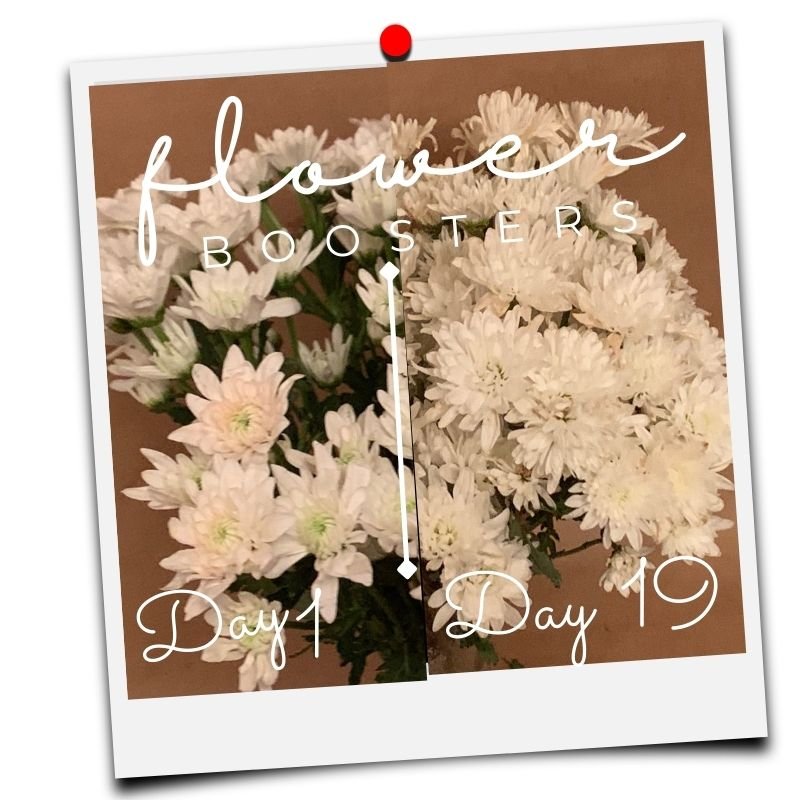The Dead Flower Dilemma: Why Your Bouquet Died (And What You Can Do About It)

When Bad Things Happen To Good Flowers
You bring home a bouquet, add the little packet of flower food, do everything right—and yet, 24 hours later, you’re staring at a dead flower. Or worse, a whole vase full of them.
If this sounds familiar, you’re not alone.
Thousands of people ask every month, “Why did my flowers die so fast?” And honestly? It’s not your fault. Here’s what’s really going on—and what you can do next time to make your flowers last longer (or give those dead blooms a second life).

Why Your Flowers Might Be DOA
Most Flowers Come From a Land Far, Far Away—and May Have Had a Rough Journey
Let’s get something out of the way: most flower retailers don’t offer a freshness guarantee. Not because they don’t care—but because they can’t.
That’s because most cut flowers:
Travel thousands of miles from where they were grown
Spend days in cold storage or transit
May have been sitting on a shelf for hours (or days) before you bought them
So even if you trimmed the stems and used the flower food, you don’t really know how old those flowers are. A dead flower less than 24 hours after purchase is often the result of:
Temperature shock
Dehydration in transit
Age before purchase
Exposure to bacteria-laden water or surfaces

How long your flowers last depends heavily on how they were treated before you got them. That’s why the “dead flower” problem is so common—and why guarantees are rare. There are just too many variables.

Flower Food Packets: Not a Guarantee Either
You may assume that little flower food packet will fix everything. But even commercial preservative packets are limited—especially if the damage was done before you brought the flowers home.
We ran a side-by-side test with tulips using:
Same vase
Same filtered spring water
Same room temperature
We tested:
Flower Boosters
The free packet
Plain water
Even though tulips typically don’t love carbs, both the packet and Flower Boosters helped a little—especially after a long trip. But the packet still couldn’t prevent drooping.
Flower Boosters worked better because it doesn’t rely just on sugar—it includes a gentle boost of caffeine and food-grade preservatives to help flowers drink deeply and stay fresh longer.

Flower Boosters vs Free Packet vs Plain Water
From left to right: Flower Boosters, Free Packet, Plain Water
Each version got the same purified spring water, the ends were cut on the stems and they were placed in a cool room at 75 degrees.
So, why did plain water go so wrong?
In general, tulips don’t like a lot of sugar so in theory, both Flower Boosters and the “free packet” should not have done better than plain water. But after a long trip, they are probably needing a little carbs to perk them up.
Both Flower Boosters and the free packet you get with your flower will help with a little carb loading after a long trip.
But they don’t like too much. That could be why the commercial solution made the flower still droop a little compared to Flower Boosters which does not depend on just a “sugar high” to make flowers perky. Flower Boosters also gives them a little boost of caffeine which helps in a way sugar alone can’t.
Tulips In paricular
Special Case: Tulips & Dead Flower Myths
Tulips are notoriously finicky. They don’t like too much sugar and demand very clean water.
If your tulips died shortly after purchase:
Use only 1/2 of a Flower Boosters treatment (based on vase size)
Change the water daily
Keep them in a cool room
Tulips do better with frequent water changes and minimal additives—but even they can bounce back with the right care.

When Every Flower Dies Within 24–48 Hours
If every single flower wilts fast—regardless of what you used—it’s most likely due to:
Age at purchase
Poor handling in transit
Exposure to heat or bacteria before you even got home
Even with Flower Boosters, if the stems turn black overnight or collapse in less than 48 hours, the damage was already done.
But here’s the good news…
When a Dead Flower Still Has a Second Life
If your flowers die in 24–48 hours, it’s reasonable to return them. Most stores will offer an exchange or refund if you explain the situation.
I purchase most of my test flowers at Costco and have only needed to return two bouquets in over a year. It’s reassuring to have that kind of support. But sometimes the gas money just isn’t worth the trip.
That doesn’t mean your flowers were a total waste.
Dead flowers can still be beautiful.
Save the petals from wilted blooms in a shoebox and dry them into potpourri. Add a little natural extract or spray scent, and the petals can enhance your home for weeks.
So even if the bouquet didn’t last, it can still bring joy.
Flower Return Tip (When You Can)
If you bought flowers and they died within 24–48 hours:
Return them immediately—don’t wait a week
Bring your receipt
Explain clearly that they died overnight despite following instructions
Many big box stores (especially Costco) will give you an exchange—even without a stated flower guarantee. It’s one of the unspoken perks of shopping with a membership.
Just don’t show up a week later with a vase full of mush and expect sympathy.
The Best Way to Avoid the Dead Flower Dilemma
The best thing you can do is support your flowers with the right formula from day one.
Flower Boosters is designed to:
✅ Help flowers hydrate faster
✅ Provide a balanced, food-safe preservative blend
✅ Extend bloom life by up to 2x longer than water alone
Unlike sugar-and-bleach DIYs, our formula is pet-safe, non-toxic, and made in the USA.
Tired of watching your flowers die too soon?
Try Flower Boosters and see the difference for yourself.
Shop now at FlowerBoosters.com or purchase at Amazon.com
Additional Reading for Better Flower Care:







